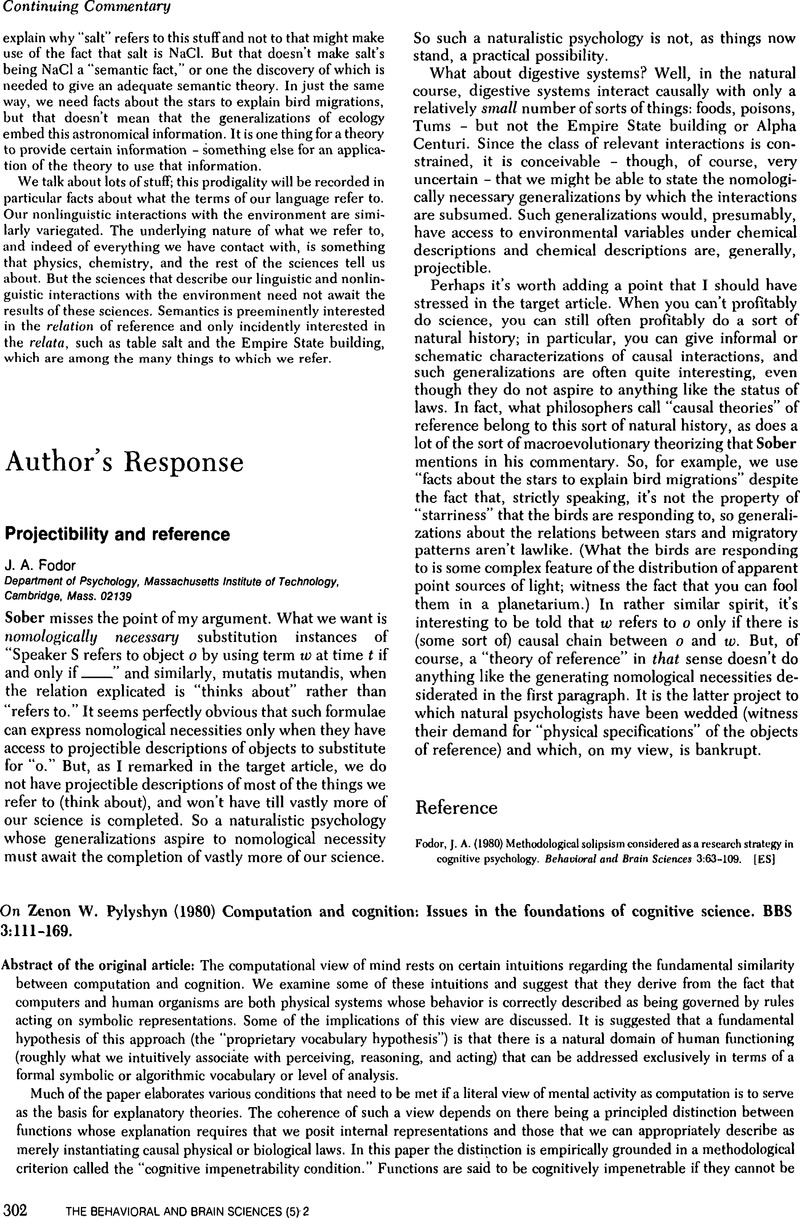Crossref Citations
This article has been cited by the following publications. This list is generated based on data provided by Crossref.
Valsiner, Jaan
1983.
Language Functions and Brain Organization.
p.
231.
Carello, Claudia
Turvey, M. T.
Kugler, Peter N.
and
Shaw, Robert E.
1984.
Handbook of Cognitive Neuroscience.
p.
229.
Turvey, M.T.
and
Kugler, P.N.
1984.
Human Motor Actions Bernstein Reassessed.
Vol. 17,
Issue. ,
p.
373.
Kugler, P. N.
1986.
Motor Development in Children: Aspects of Coordination and Control.
p.
459.
Turvey, Michael T.
and
Carello, Claudia
2012.
On Intelligence From First Principles: Guidelines for Inquiry Into the Hypothesis of Physical Intelligence (PI).
Ecological Psychology,
Vol. 24,
Issue. 1,
p.
3.
Ruiz Campillo, José P.
2014.
La lógica del espacio. Un mapa operativo del sistema verbal en español.
Journal of Spanish Language Teaching,
Vol. 1,
Issue. 1,
p.
62.





